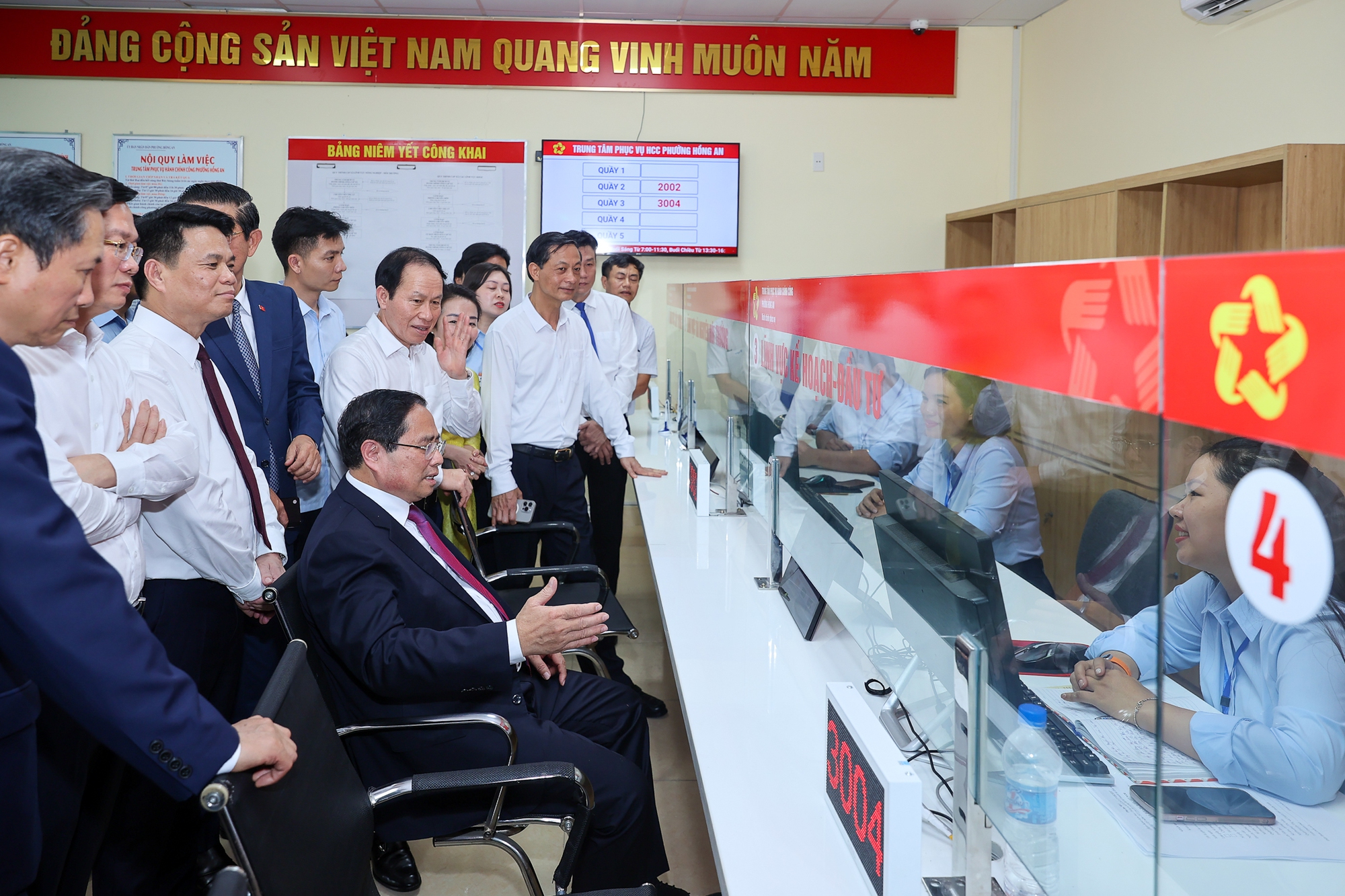The National Administrative Revolution: A Historic Overhaul of Vietnam’s Administrative Divisions
July 1st, 2025, will go down in history as a pivotal moment in Vietnam’s administrative landscape. For the first time since the country’s establishment, the longstanding three-tier local government model (province – district – commune) that had been in place for over 80 years will be replaced by a more streamlined two-tier system: the provincial and communal levels. This historic “overhaul” of the political system aims to create a truly lean, more efficient, and effective machinery of government, bringing it closer to serving over 100 million people in the country.
This reorganization of the administrative machinery spans the entire nation, affecting all 63 provinces and cities. As a result, the number of provincial-level administrative units will decrease from the current 63 to 34 provinces and centrally-controlled municipalities.

As of July 1st, 2025, the country has 34 provinces and cities. Photo: VGP
Similarly, the total number of communal-level administrative units (including communes, wards, and towns) will also witness a significant reduction from over 10,000 units to approximately 3,321. This change implies the streamlining of thousands of administrative entities, moving towards a leaner and more efficient machinery of government.
This reform not only reshapes the administrative map but also creates new development spaces with larger economic scales and more effective regional connections nationwide. A streamlined government, directly connecting the provincial and communal levels – bypassing the former intermediary district level – presents both a challenge and an opportunity for local authorities to make a breakthrough.
A Historic Opportunity: Changing Mindsets and Actions for the People
This historic decision entails not just a mechanical change in the number of administrative units but also a revolution in the mindset of national governance.
In his speech at the ceremony announcing the National Assembly’s resolution on the merger of localities and the establishment of Party organizations at the provincial level in Ho Chi Minh City on June 30th, General Secretary To Lam emphasized that “rearranging the country” is a strategic decision with historical significance, reflecting the Party and State’s strong commitment to administrative reform.
“We are entering a new phase of development, not only with pride but also with a great responsibility to our nation and future generations,” said the General Secretary, expressing his confidence in Vietnam’s steady progress towards building a peaceful, prosperous, and happy country.

General Secretary To Lam addresses the people of Ho Chi Minh City, conveying a message to the entire nation. Photo: https://doanhnhansaigon.vn/
General Secretary To Lam also asserted that reorganizing administrative boundaries and operating a new local government model is imperative in the context of globalization, digital transformation, and the Fourth Industrial Revolution. This presents an opportunity to renew leadership thinking, state management methods, promote the application of science and technology, enhance governance quality, and improve services for the people.
The head of the Party called on authorities at all levels, agencies, organizations, and officials to renew their thinking, take bold actions, dare to think, dare to do, and dare to take responsibility, willingly sacrificing personal interests for a modern and transparent civil service. He expressed his belief in the strength of great national unity, the aspiration for prosperity, and the spirit of constant innovation, which will propel Vietnam towards building a peaceful, civilized, prosperous, and happy country.
“By this point, our team is well-organized, and our ranks are in order. Our nation is marching towards a brilliant future, for the happiness of our people and for a sustainably developing Vietnam,” emphasized the General Secretary.
Major Changes and Opportunities from July 1st, 2025
From July 1st, 2025, with the elimination of the district level in many localities and the direct connection between the provincial and communal levels, there will be significant changes in the way the machinery of government operates and serves the people:
Streamlining Administrative Procedures: Citizens and businesses will no longer have to go through the intermediary district level, saving time, effort, and reducing red tape. This contributes to cutting down on “permit-granting” procedures, moving towards a more substantive public service.
Strengthening Communal-level Capacity: The communal level will be empowered with greater authority and responsibility, becoming the direct problem solver for many issues concerning the people.

Prime Minister Pham Minh Chinh inspecting the operations of the Public Administration Center of Hong An Ward, Hai Phong City. Photo: VGP
Optimizing Resources: Streamlining thousands of administrative entities and rearranging personnel will optimize state resources, prevent waste, and focus on key areas.
Creating New Development Spaces: Merged provinces and cities will have larger scales, facilitating comprehensive planning, attracting investment, developing economic infrastructure, science and technology, and implementing large-scale projects of national and regional significance.
















